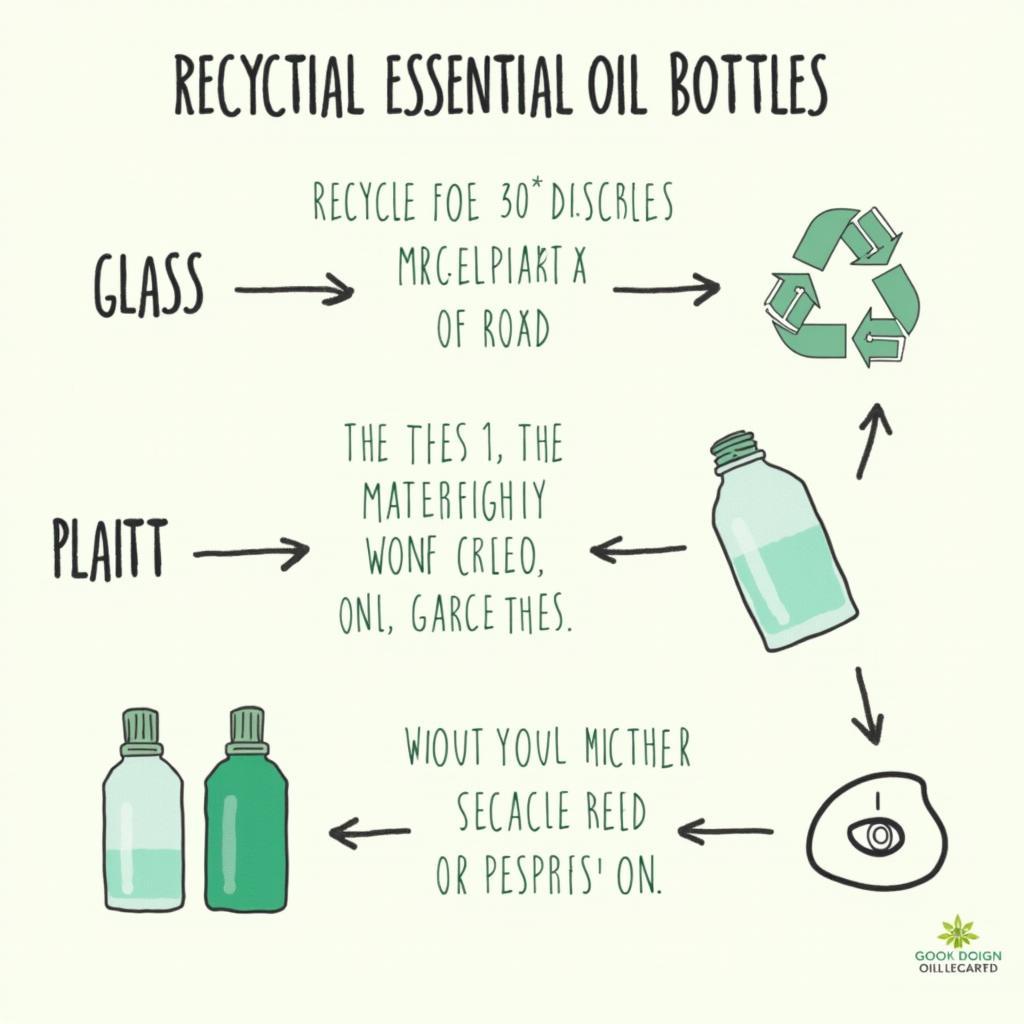Understanding the Straight Ace: A Deep Dive into Asexuality
- AmazoniaSilva
- Tháng 12 17, 2024
- Zodiac signs
- 0 Comments
Asexuality, often referred to as being a “Straight Ace,” is a sexual orientation characterized by a lack of sexual attraction to others. It’s crucial to understand that asexuality exists on a spectrum, and this article aims to explore the nuances of this often-misunderstood identity. We’ll delve into what it means to be asexual, the different ways it can manifest, and how it intersects with other aspects of identity, like romantic orientation.
What Does “Straight Ace” Actually Mean?
The term “straight ace” can be a bit confusing. It refers to someone who is both asexual and heteroromantic. This means they experience little to no sexual attraction but are romantically attracted to people of the opposite gender. It’s important to differentiate between sexual and romantic attraction, as they are separate entities. Someone can be asexual and still desire romantic relationships, including marriage and emotional intimacy.
It’s important to note that not all asexual individuals identify as heteroromantic. Asexual people can be homoromantic, biromantic, panromantic, or aromantic. The term “straight ace” specifically highlights the intersection of asexuality and heteroromanticism.
Exploring the Asexual Spectrum
Asexuality isn’t a monolithic experience. There are various sub-identities and micro-labels within the asexual community. Some asexual individuals might experience occasional sexual attraction, known as gray-asexuality or gray-a. Others might only experience sexual attraction under very specific circumstances, known as demisexuality. Understanding this spectrum helps to paint a more complete picture of asexuality.
How Does Asexuality Impact Relationships?
Navigating relationships as a straight ace can present unique challenges. For example, a straight ace individual might be in a loving relationship with someone who experiences sexual attraction. Open communication and mutual understanding are crucial in these situations. Negotiating boundaries and finding ways to meet each other’s needs is essential for a healthy and fulfilling relationship.
Common Misconceptions about Asexuality
There are many misconceptions surrounding asexuality. Some people believe it’s a choice, a medical condition, or a result of trauma. These assumptions are incorrect. Asexuality is a valid sexual orientation, just like homosexuality, heterosexuality, or bisexuality.
What if I think I might be asexual?
If you resonate with the description of asexuality, it’s perfectly normal to explore this identity further. There are numerous online resources and communities where you can connect with other asexual individuals and learn more about their experiences. Remember, there’s no right or wrong way to feel about your sexuality, and self-discovery is a journey, not a destination.
Finding Community and Support
Connecting with others who share similar experiences can be incredibly validating. Online forums, social media groups, and local LGBTQ+ centers can provide valuable resources and support for asexual individuals. Remember, you are not alone.
Conclusion
The term “straight ace” helps us understand a specific intersection of asexuality and romantic orientation. By understanding the complexities of asexuality, we can foster greater acceptance and inclusivity for all individuals, regardless of their sexual orientation. If you’re interested in learning more about different hair care options, check out our article on the vivitar hair straightening brush.
FAQ
- Can asexual people be in romantic relationships? Yes, absolutely. Romantic and sexual attraction are different.
- Is asexuality a choice? No, asexuality is a sexual orientation, not a choice.
- Can asexuality change over time? While some people’s experiences with attraction might shift over time, asexuality is a stable orientation for many.
- How can I support an asexual friend or family member? The best way to support someone is to listen to them, respect their identity, and educate yourself about asexuality.
- What resources are available for asexual individuals? There are many online communities and resources, as well as local LGBTQ+ centers, that offer support and information.
- How do I know if I’m straight ace? If you do not experience sexual attraction but are romantically attracted to the opposite gender, you may identify as straight ace. Take your time to explore your feelings and connect with others who identify similarly.
- Is there a difference between being asexual and celibate? Yes, celibacy is a choice to abstain from sexual activity, while asexuality is a sexual orientation.
If you’re interested in exploring other personal care topics, consider reading about the face oil rollerball or different methods of facial cleansing, like a cleansing spray for face. You might also find information about lingual fixed retainer interesting for different health and beauty related inquiries. Additionally, exploring topics like lace front for men can provide insights into various grooming and styling choices.
For further support, please contact us at [email protected] or visit our office at Fifth Avenue, 34th Floor, New York, NY 10118, USA. Our customer service team is available 24/7.
